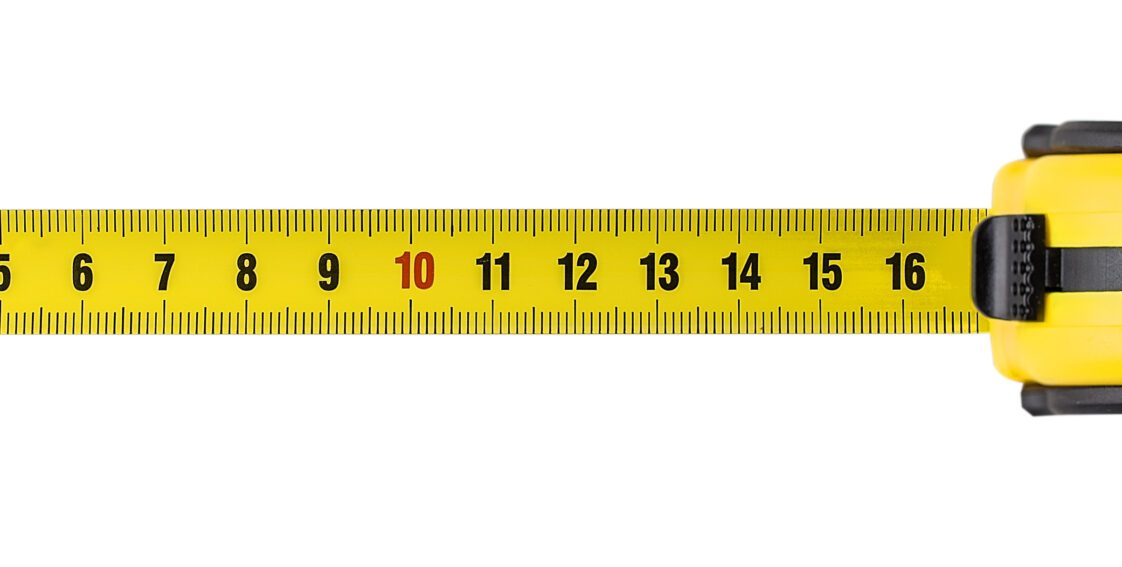
Hog Ring Sizing and How To Use Them
If this is the first time that you’ve seen the words “hog ring” used together, you’re probably wondering where the term first originated, and what hog rings are actually used for. We will cover the second question further down below, but in terms of where the term originated from. It originally came from Great Britain. Pigs have a natural tendency to burrow into pastures and farmers affixed rings around the snouts of their pigs to discourage this practice, hence, the term hog ring.
Types of Hog RIngs
The three most common types of hog rings in use are based on their shapes and these types are called C-type, D-type, and M-type hog rings. Some of these hog rings have blunt ends to them and some have sharp ends, it all depends upon the application used. Hog Rings come in a variety of sizes along with the three aforementioned shapes. The larger-sized and thicker-gauge hog rings are primarily used in industrial-type applications or construction applications.
C-type hog rings have a flat base to them with soft flared inward prongs, if you were to set this ring on its side, it would resemble the letter “C”. M-type hog rings have an uneven base with the middle notched at the center. Looking at the M-type hog ring prongs-down, the ring somewhat resembles the letter “M”. D-type hog rings have a flat base like their C-ring counterparts, but the prongs have a stronger slant to them. Because of this strong slant, the ring would resemble the beginnings of the letter “D” when positioned on its side.
Sizing and Measurements for Hog Rings
Hog Rings are measured from their endpoints at the widest points. D-type hog rings have a flat base, so their measurements are based upon the length of the hog ring. C-types and M-types are both measured at their farthest sides from each other. The measurements are given at sections of an inch. ¼ inch (0.25), ⅜ inch (0.375), ½ inch (0.5), ¾ inch (0.75), and one inch (1.0).
Another facet to the sizing of hog rings is the material used in making the ring. This material could be made out of galvanized steel, regular steel, or other components. The size of the gauge used is also notated when shopping around for hog rings, the thicker the gauge, the stronger the hog ring will be.
Uses and Applications for Hog Rings
Hog Rings are used for a wide variety of applications and industries and we’ll touch upon a few of them here. Meat Processing is one of the most popular uses of hog rings as they are typically used to seal the ends of casings around sausages and other meats. Furniture and Automotive Upholstery also use hog rings for attaching seat covers and fabric covers onto frames and car seats.
You can also use hog rings in outdoor projects such as chain link fences, rabbit fences, chicken wire mesh fences, and other fence work. Another use for hog rings is cord loops for attaching carabiner clips to hammocks and you can also use them to attach tags onto sites or electric fences. You can also use hog rings for their original purpose if you have a pig farm to keep young male pigs from digging up around the ground. The ring discourages them from snuffling too close to the ground and breaks them of their natural tendency to dig up the ground.
King Steel Fasteners for Your Hog Ring Needs
When it comes to hog rings, King Steel Fasteners has what you’re looking for. They have all shapes and sizes for any application that you might find a need for. If you would like to learn more about hog rings and hog ring sizes, please contact King Steel Fasteners today!
